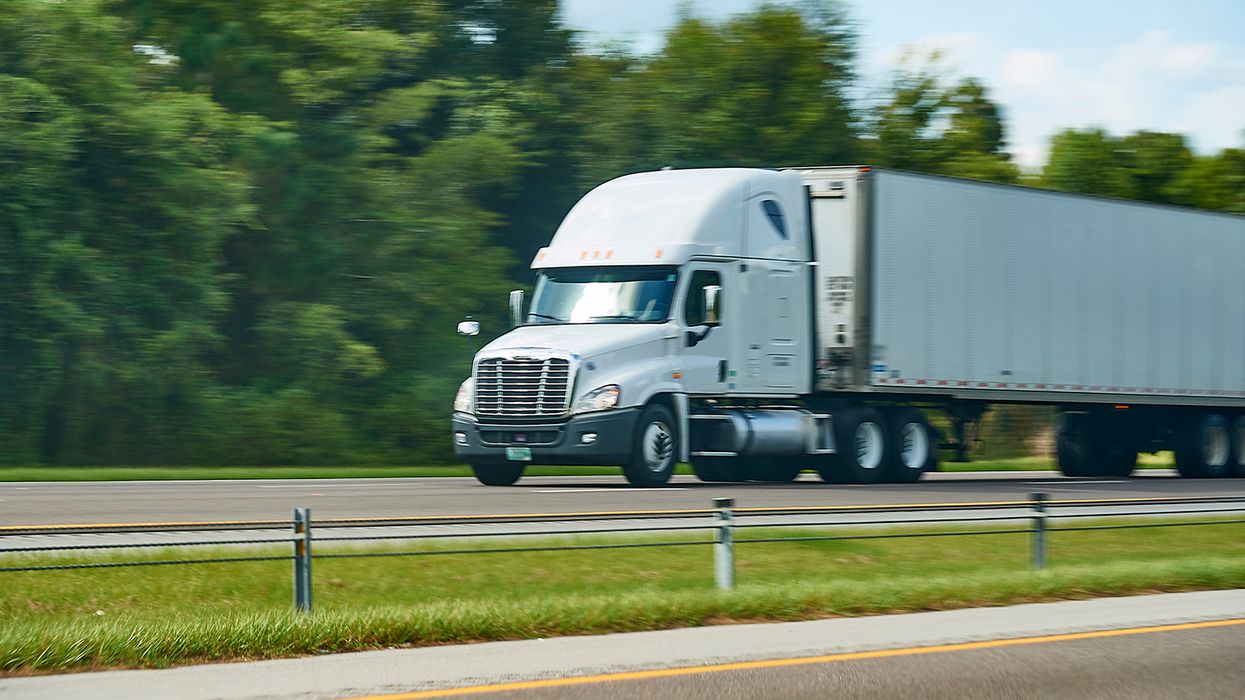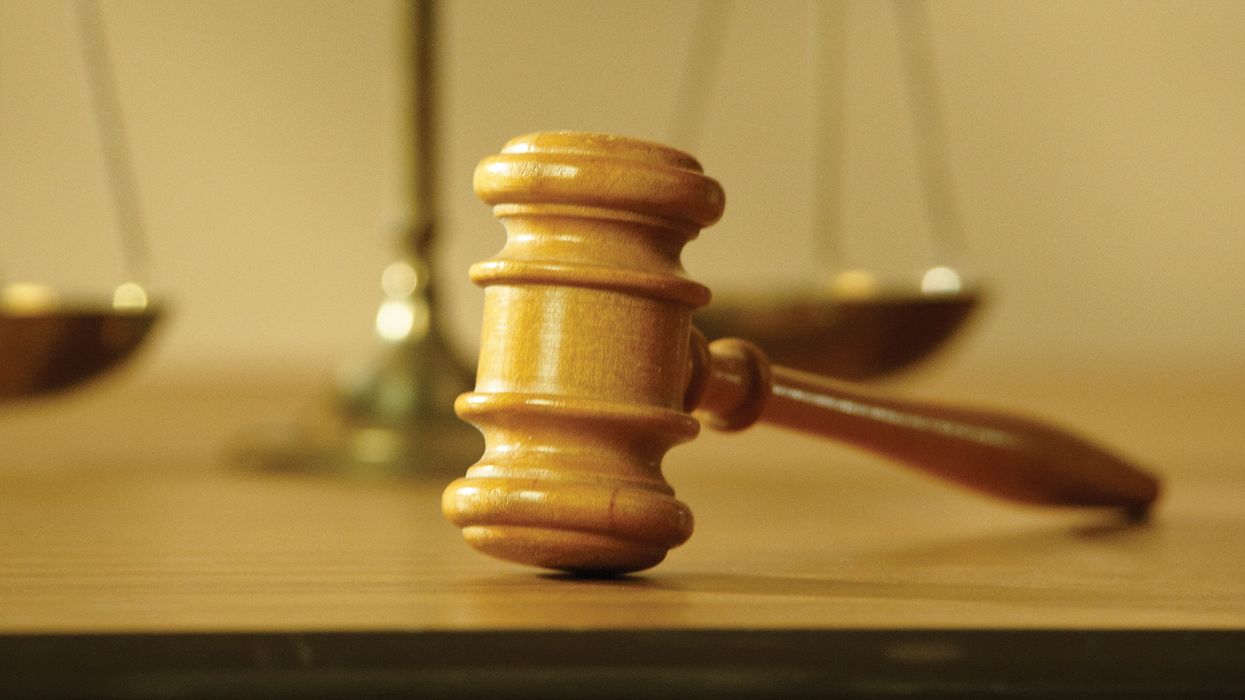Changes coming to HazCom rule
It may seem that it hasn’t been a long time since OSHA completely overhauled the Hazard Communication (HazCom) standard, aligning chemical data sheets and labels with the GHS or Globally Harmonized System of Classification. In fact, that rule was issued in 2012.
Now the agency is proposing numerous changes to the rule.
The changes, designed to align with a newer edition of GHS, impact chemical manufacturers the most. But employers will also see impacts.
For example, one change being proposed would require manufacturers to include the date a chemical is released for shipment on the shipped container’s label. Employers would want to let workers know what this date means, so there is no confusion.
Employers may also see different types of labeling on very small containers of hazardous chemicals, as well as bulk shipments.
Finally, employers should note that the proposal also contains a definition for “combustible dust,” which has not been done in the past. The Agency defines it as “...finely divided solid particles of a substance or mixture that are liable to catch fire or explode on ignition when dispersed in air or other oxidizing media.”
HazCom changes at a glance
- Appendix A (health hazards): mostly editorial
- Revised health hazard definitions, e.g. update definition for germ cell mutagenicity
- Updated skin corrosion/irritation and serious eye damage/eye irritation chapters
- General updates to hazard classes
- Appendix B (physical hazards)
- Flammable gases classification expanding, adding hazard categories, updated label elements
- Desensitized explosives
- Aerosols including additional hazard category
- Appendix C (label elements)
- New or updated hazards, updated guidance, and precautionary statements
- Clarification to aerosols, flammable gases
- Appendix D (SDS)
- Updates to SDS Section 9 (e.g., inclusion of particle size)
- Updates to SDS Section 11 (e.g. inclusion of interactive effects and use of SAR/QSAR/read across)
Key to remember: Right now, this is just a proposal. Once public comments are received, the agency will move forward with a final rule. This will likely take a year, at the least.

















































